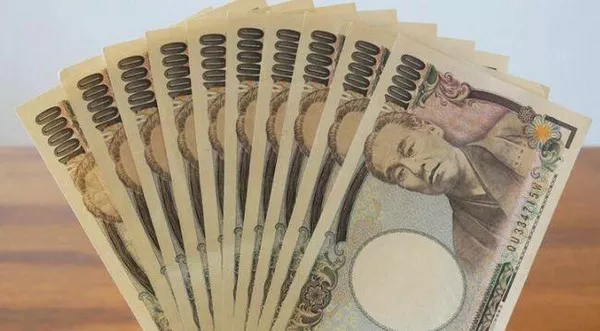The Japanese yen climbed to a two-week high against the dollar on Monday after a report said the Bank of Japan is considering tweaking its yield curve control policy to allow the yield on the 10-year Japanese government bond to rise above 1% when it concludes its meeting on Tuesday.
The Nikkei report pushed the yen to 148.81 per dollar, its strongest level since Oct. 17. The dollar, which has been on the defensive all day, was last down 0.4% at 149.065 yen.
Rising global interest rates have increased pressure on the BOJ, which began its two-day monetary policy meeting on Monday, to change its policy of controlling bond yields, under which it maintains a target of -0.1% for short-term interest rates and a ceiling of 0% for the 10-year bond yield.
“If the BOJ doesn’t do anything tomorrow, which I think economists expect, and just waits until December, I think the dollar will jump right back against the yen,” said Marc Chandler, chief market strategist at Bannockburn Global Forex in New York.
But with Monday’s action, Chandler thinks Japanese intervention seems unlikely, although he noted that the BOJ has intervened in the bond market in recent weeks as an alternative.
“The key to intervention is excessive volatility, and the BOJ has said that: that it’s not targeting any particular level. So that’s taking the magic out of the 150 level,” he said.
Aside from the BOJ, market participants are looking ahead to interest rate decisions from the U.S. Federal Reserve and the Bank of England (BoE).
A slew of purchasing managers’ surveys, euro zone inflation and GDP data and U.S. non-farm payrolls are also due for release this week.
“If domestic consumer data hadn’t been so strong last week, we’d probably be looking at a bigger slide for the dollar, but markets are still finding it quite difficult to discount the resilience of the U.S. economy,” said Helen Given, FX trader at Monex USA in Washington.
Analysts also pointed to the U.S. Treasury’s quarterly repayment announcement on Wednesday, which could move both bond and currency markets.
That comes as rising deficits and a heavier interest burden have significantly increased the U.S. Treasury’s funding needs. Since the last announcement in August, borrowing rates have risen to their highest level since 2006-07.
The dollar index was last down 0.4% at 106.11, after falling to a one-week low of 106.06, hurt by a rebound in the euro. The euro was last up 0.5% at $1.0615.
The U.S. Treasury on Monday said it expects to borrow $776 billion in the fourth quarter, down from a July 31 estimate of $852 billion due to expectations for higher revenues.
The dollar extended losses slightly after the announcement.
Later this week, both the Fed and the BoE are expected to keep rates steady, so barring any surprises, the focus will be on the policymakers’ message.
The Pound was up 0.4% at $1.2164.
U.S. nonfarm payrolls data on Friday will also be important for expectations of the Fed’s rate hike path. Wall Street economists are expecting 188,000 new U.S. jobs to be created in October, according to a Reuters poll.

























